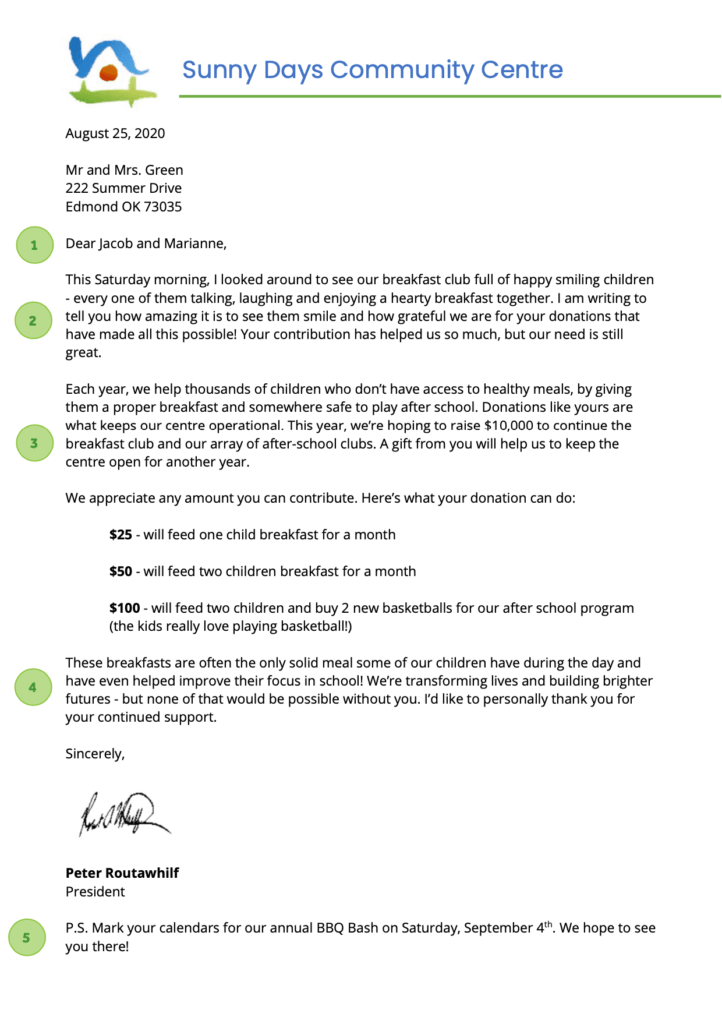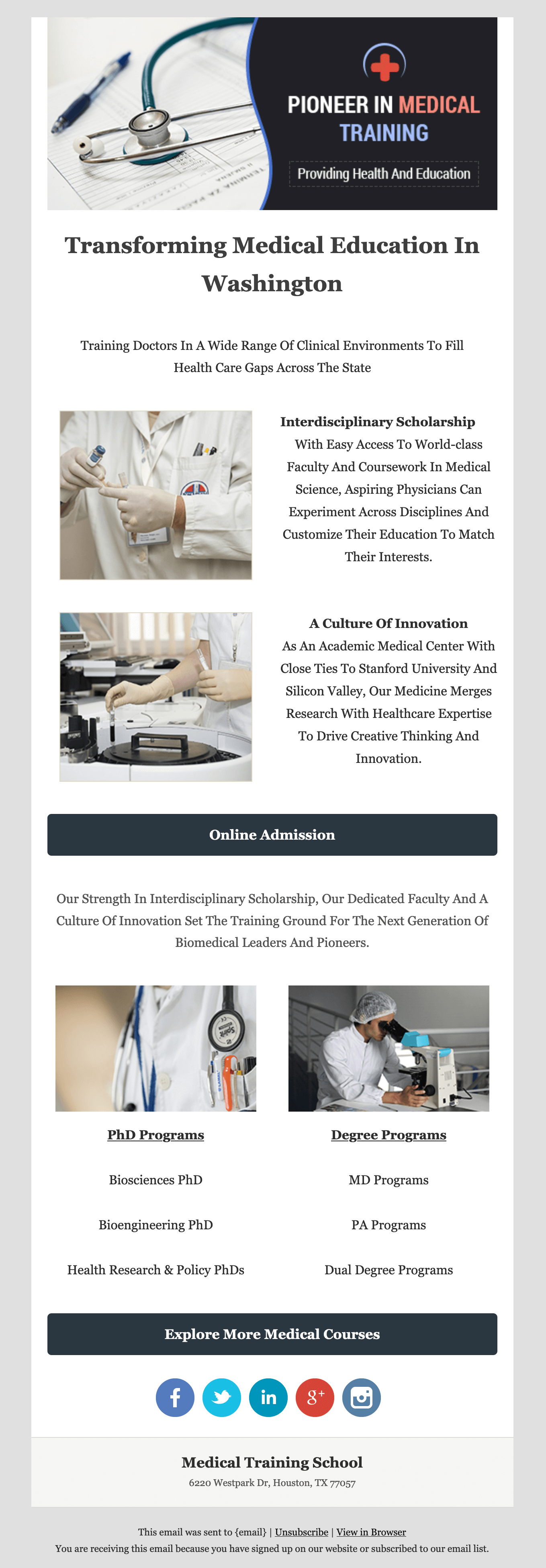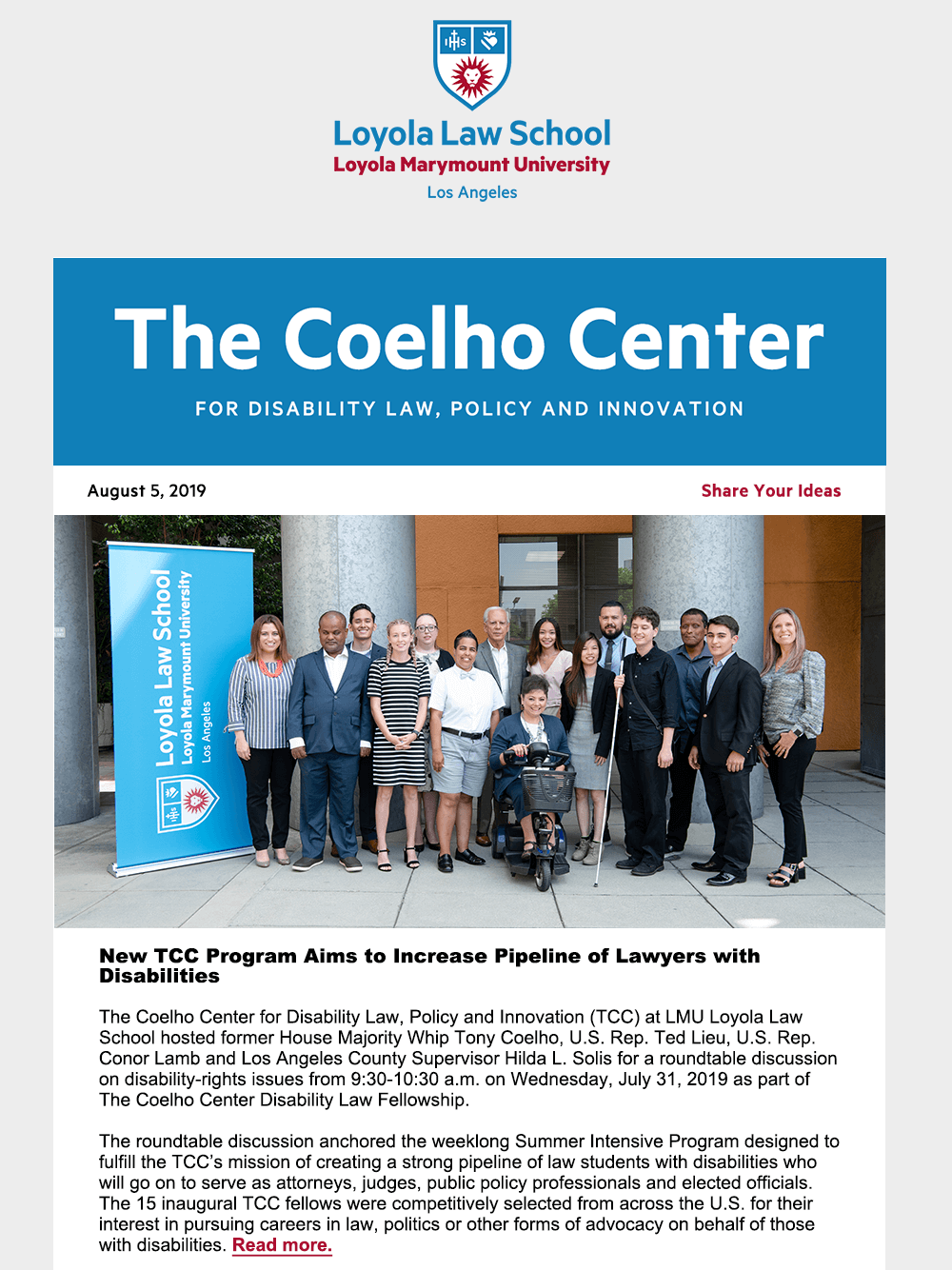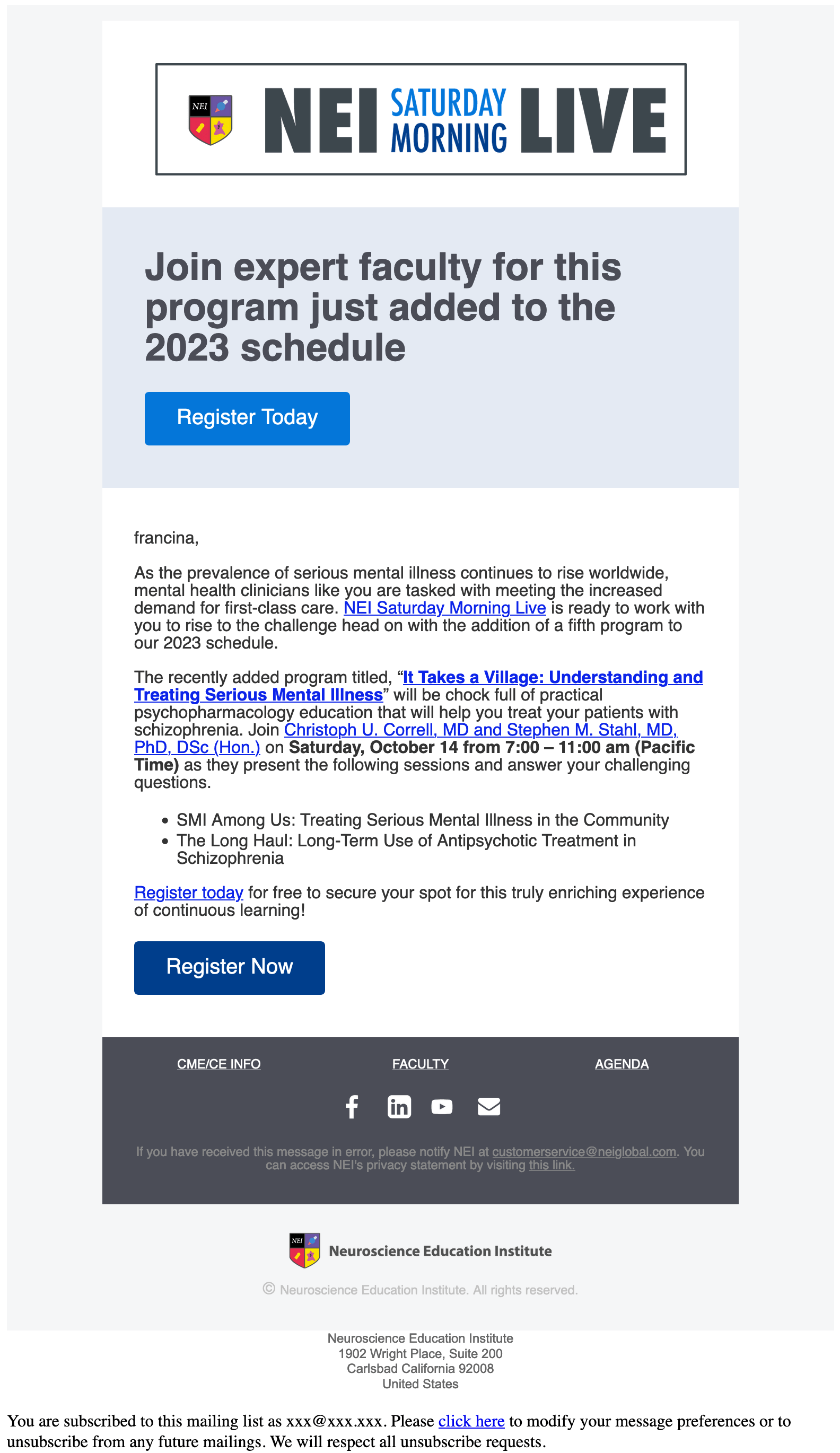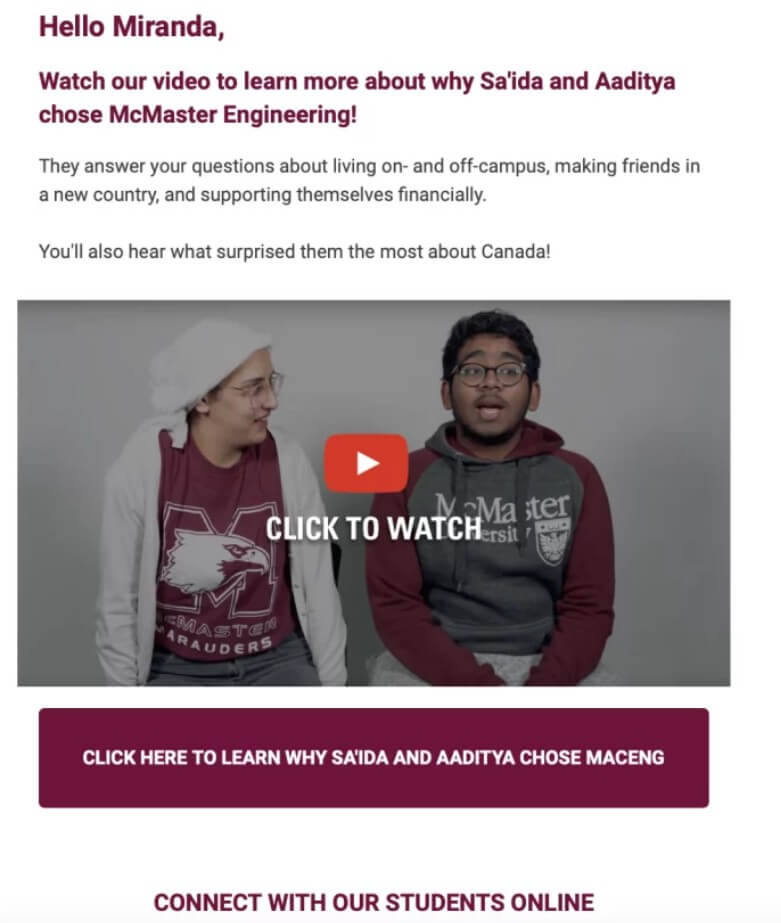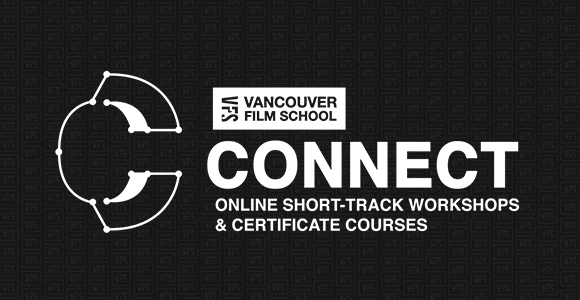Develop an email marketing campaign for schools step-by-step
It’s time to take your school’s email marketing game up a notch! Follow this comprehensive guide to create impactful messages and elevate your communications strategy.
Build an email list
Email list building for schools is the first step to staying connected with the community and keeping parents, teachers, and students informed. To make sure your school has the most comprehensive mailing list possible, here are a few steps you can take:
- Create an opt-in form on your website or social media channels. If you describe the benefit of your newsletter well or offer something in return (like an ebook or a checklist), people will sign up to receive emails from your school.
- Collect email addresses during registration or enrollment periods.
- Ask for email addresses during school events.
Define your goals
Before creating any content or sending any emails, determine what you hope to achieve with your campaigns. This could include increasing enrollment by a set number of people, improving engagement with current students and families, raising a set amount of funds, or any other objectives. Then you can craft an email marketing strategy for your school based on these goals.
By setting clear, measurable goals from the outset, you’ll craft messaging that resonates with your intended audience and track the success of your campaign over time. Additionally, clearly defined goals will help you make informed decisions about your email content, layout, and frequency, ensuring your campaign aligns with your broader school marketing strategy.
Write a copy and design the email
A compelling email copy is essential to make an impression on your audience. You have one shot to convey your message and get the desired response from your audience.
Write a clear message and cut unnecessary details. Use the design to enhance the message.
The design should be visually appealing, easy to read, and on-brand. Include images or videos to make your email more engaging. Ensure your email is optimized for mobile devices, as close to half of marketing email opens happen on mobile.





